The animal world teems with a plethora of unusual and wild behaviors. In this exploration, we’re zeroing in on the odd self-defense mechanisms of animals – a subject that turns up some peculiarly strange (and at times, off-putting) behaviors. Some creatures can vomit on your face in self-defense, while others release a stench so powerful it could render you unconscious. Take a look at the 25 creatures recognized for wielding the most bizarre defense tactics you might have ever come across.
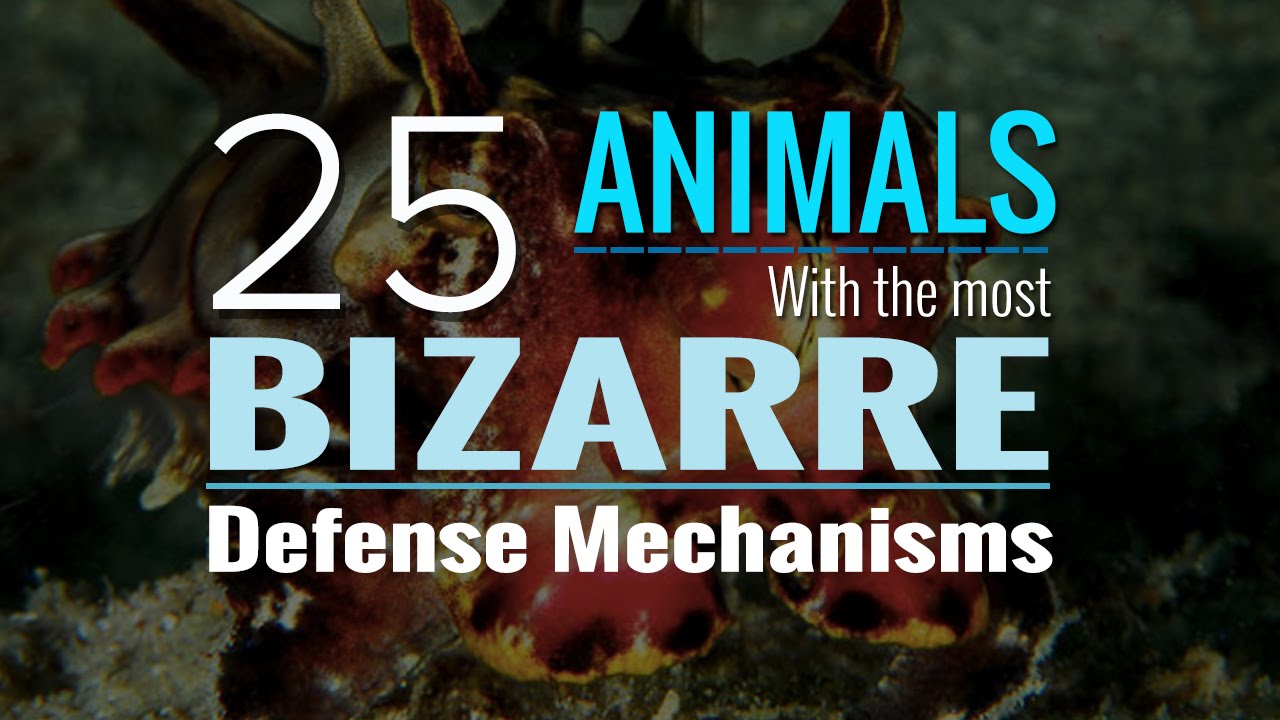
The Cuttlefish

The cuttlefish has amazing camouflaging skills. These creatures have the ability to rapidly change their skin color enabling them to blend almost seamlessly in just about any environment. They can even change the shape of their entire bodies to match the texture of their environment.
The Texas Horned Lizard
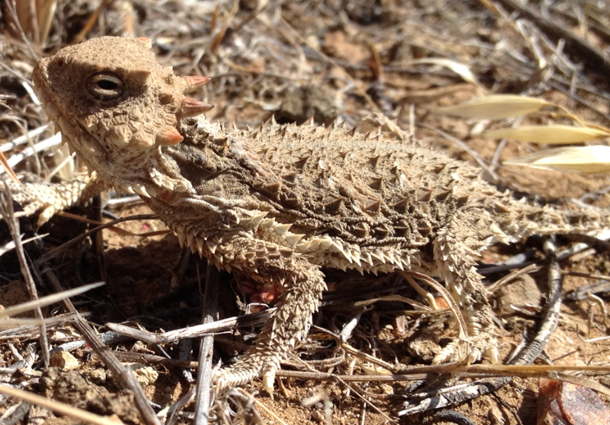
The Texas Horned Lizard has one of the bloodiest self-defense mechanisms in the animal kingdom…literally. When threatened, the lizard pressures its sinus cavities until the blood vessels in its eyes burst, shooting its attacker with a steady stream of blood from its eyes!
Motyxia sequoiae
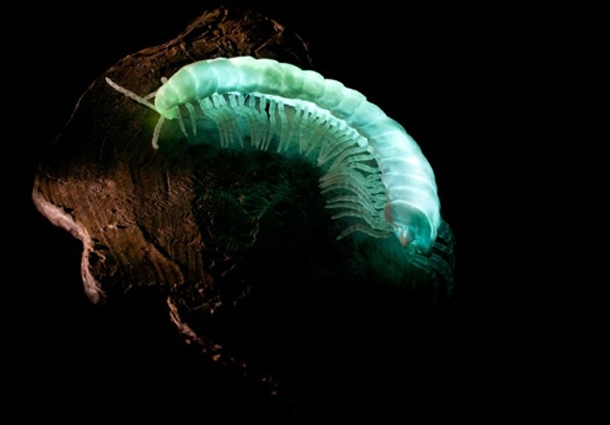
During the day this species of millipedes resemble any other type of millipede, but at night, when threatened, these guys become bioluminescent in an attempt to warn predators to stay away. However, if that doesn’t work the millipedes oozes toxic cyanide and foul-tasting chemicals from small pores running along the sides of their bodies.
Skunks
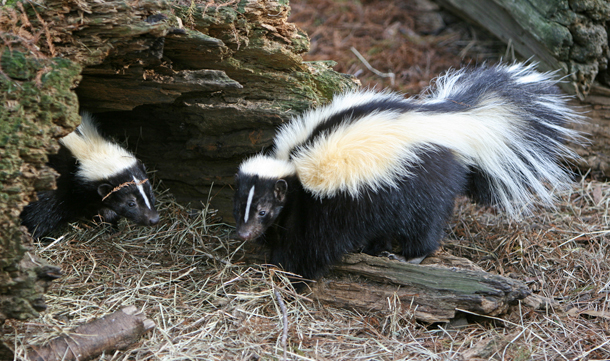
An animal that squirts foul smelling anal juice at its predators definitely deserves to be on this list. The Skunk has two glands which produce a mixture of sulfur-containing chemicals with a high offensive odor. The scent is strong enough to ward of bears and can even cause temporary blindness.
Eurasian roller birds
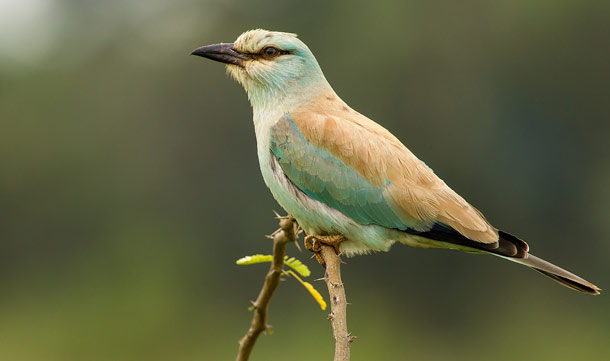
The offsprings of these colorful birds vomit a nasty smelling orange liquid as a defense mechanism when threatened.
The stick insect
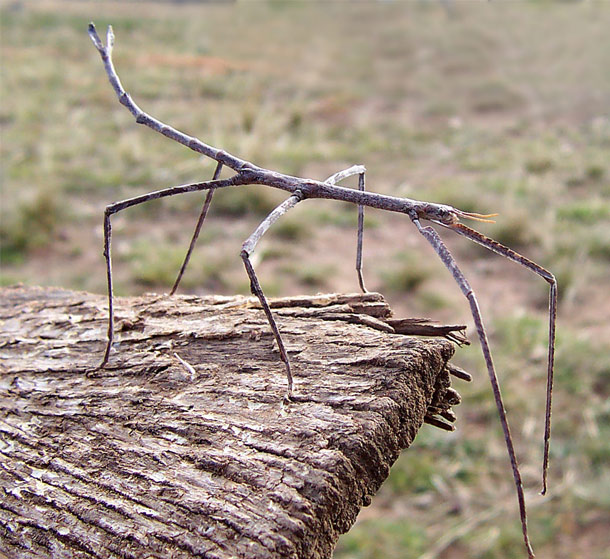
As the name implies, the stick insect looks like a stick, but can sometimes even look like leaves with mossy outgrowths. But camouflage is not its only line of defense for these guys; some stick insects can also spray their attackers with a defensive secretion which not only smells bad but can also cause mouth and eye irritation.
Sea Cucumbers
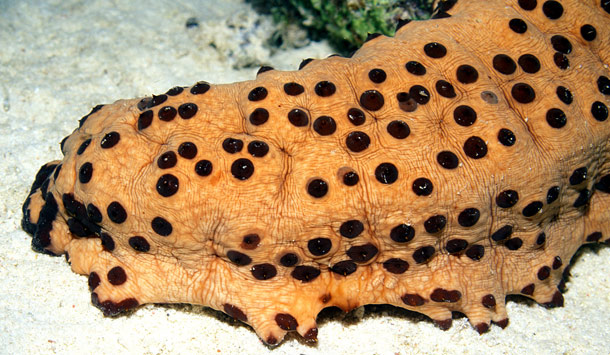
When threatened, a sea cucumber releases a sticky poisonous toxin called holothurin. And if that doesn’t do it, the sea cucumber will self-eviscerate. Meaning they will violently contract their muscles together until they secrete some of their organs out of their anus. This fools predators into thinking they are already dead.
Octopoteuthis deletron
 www.smh.com.au
www.smh.com.au Like most squids, the Octopoteuthis deletron is able to squirt ink as a defense. But what makes this guy so unique is its ability to jettison one of its arms in a process called arm autonomy. This not only minimizes tissue loss from an attack, but also distracts the predator enough for the squid to escape.
Malaysian exploding ant
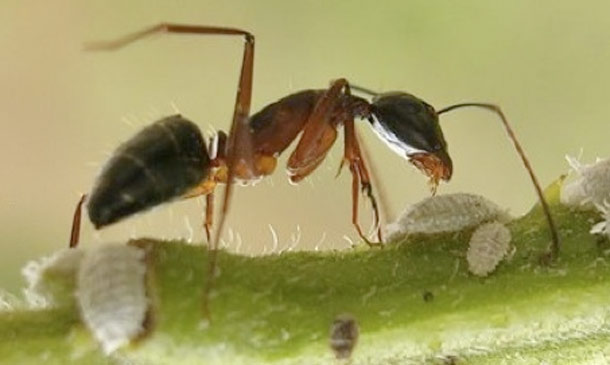
The Malaysian exploding ants have large glands full of venom inside of their bodies. When threatened, they contract their abs, which causes the glands to explode, spraying their predators with corrosive venom.
Opossum
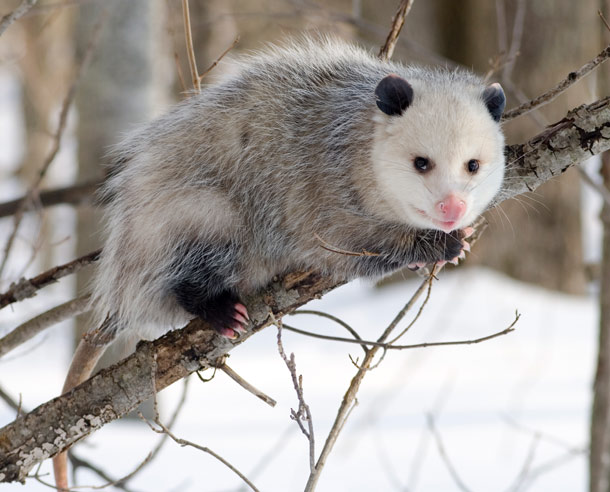
When threatened, opossums fall into a comatose-like state that can last for hours, long enough to convince any predator that the opossum is already dead. But if that’s not enough, opossums also emit a foul-smelling green spray.
Flying Fish
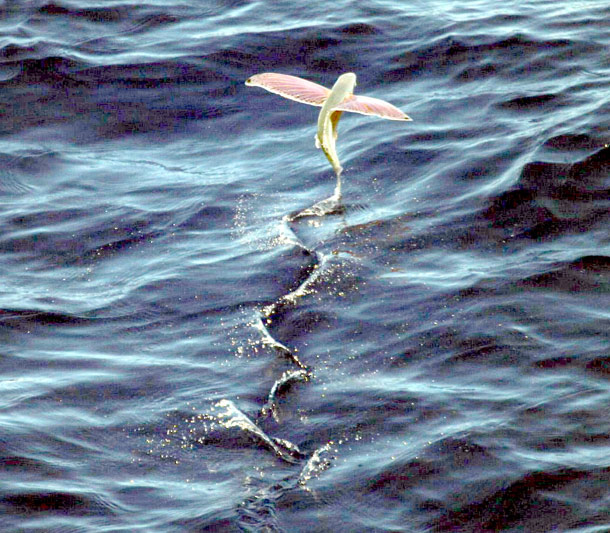
The flying fish has developed an extraordinary ability to fly or glide for long distances in order to evade predators. To accomplish this, the fish swims at speeds of up to 37 mph (60 km) enabling it to break through the water surface. Then it uses its large pectoral fins as wings which allow the fish to become airborne. Once out of the water, it can fly for up to 656 feet (200 meters).
The Hagfish
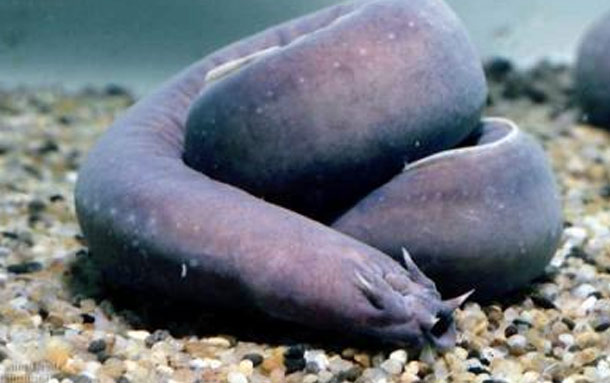
This ancient organism which has existed for about 300 million years expels a disgusting, slimy substance when threatened. The substance mixes with water, expands and proceeds to choke fish as it accumulates in the gills.
The Potato beetle
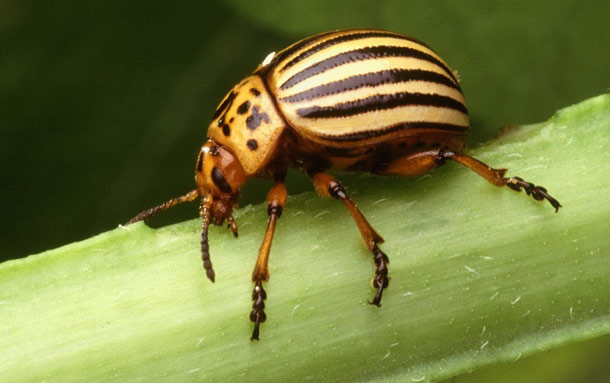
The Potato beetle has a nasty way of protecting itself from predators. The larvae cover themselves in their own feces which is poisonous and smells pretty bad…enough to keep predators away.
Boxer Crabs
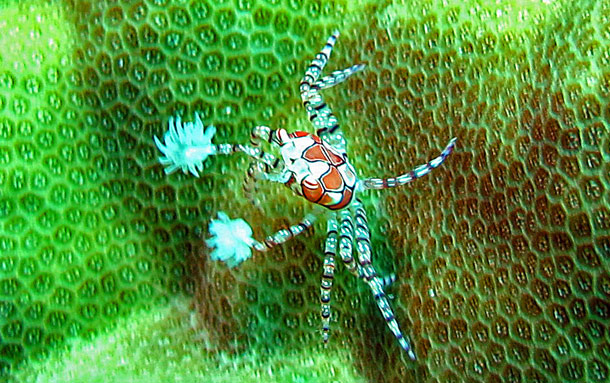
Don’t let the cuteness of this defense mechanism fool you; the sea anemones attached to the boxer crabs claws can pack a pretty mean punch… enough to kill some sea creatures.
Turkey Vultures
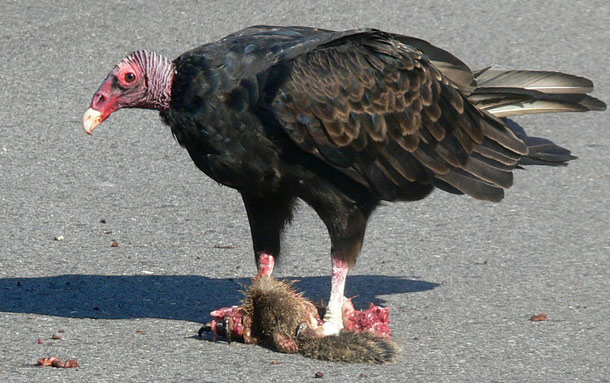
When the Turkey vulture sense predatory danger, it will regurgitate the entire contents of its stomach; (which is utterly disgusting… and let’s not even talk about the smell). This enables the vulture to run away faster as it’s a lot lighter but more than likely the predator would have been spooked off anyways.
Japetella heathi Octopus
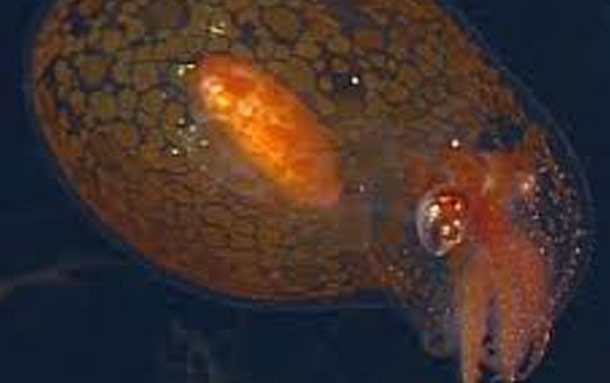
The Japetella heathi octopus has developed a defense mechanism which enables it to evade two types of deadly predators—those that look for silhouettes from above, and those which use their own light to find prey. To avoid creating a silhouette, the octopus is almost completely transparent. However, this makes it a target for creatures with bioluminescense. To avoid these, the octopus changes its color to red, greatly reducing its reflectivity. This effectively makes the octopus invisible to angler fish and other headlight fish.
Iberian Ribbed Newt
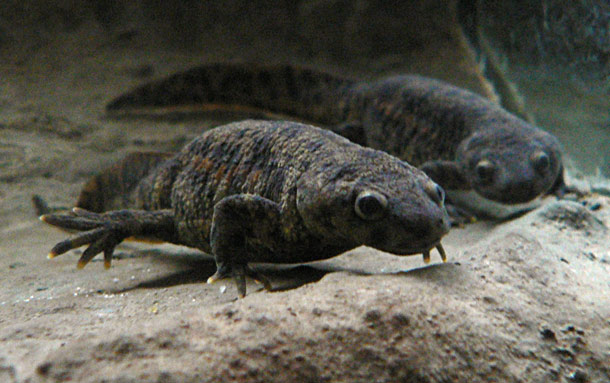
Found on the Iberian Peninsula and Morocco, the Iberian Ribbed Newt has developed an alarming self-defense mechanism. When in danger, the newt will push its ribs through the skin which it uses as weapons. The exposed bones are then covered with a poisonous substance which has the potential to kill its predator.
The Hairy Frog
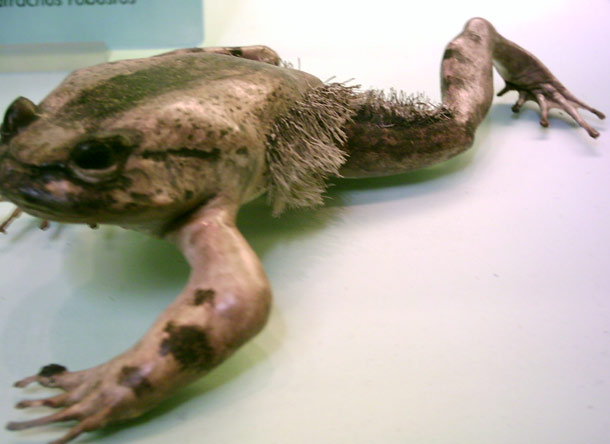
What if every time you felt threatened, your first and only method of defense was to break your own bones and use them for weapons? Meet the hairy frog, a Central African species that, despite its name and fuzzy appearance, isn’t hairy at all. When breeding, the male frogs develop thin strands of skin along the sides of their bodies that resemble hair. These strands also, in theory, allow the frogs to take in more oxygen while they watch over their eggs. But what’s really compelling about this frog is its ability to crack its own toe bones and push them through their skin to form sharp claws, great for warding off would-be attackers.
While it’s not completely clear what happens to the bones after the threat of attack subsides, researchers believe the bones slide back under the skin when the frog’s muscles relax.
The bombardier beetle

If you mess with this beetle, you are going to get a very unpleasant surprise. The bombardier beetle sprays its predators with a hot, noxious spray of toxic bodily fluids, right out of its anus. To do this the beetle stores hydroquinones, hydrogen peroxide, and a mix of enzymes that catalyze an explosive reaction shooting out at almost boiling point.
The Northern Fulmar

Similar to the Eurasian roller birds, the Northern fulmar chick will projectile vomit unto it’s attacker. The stream of bright orange puke has a rotten fish smell that won’t come off of the victim no matter how hard it tries.
Pygmy Sperm Whale
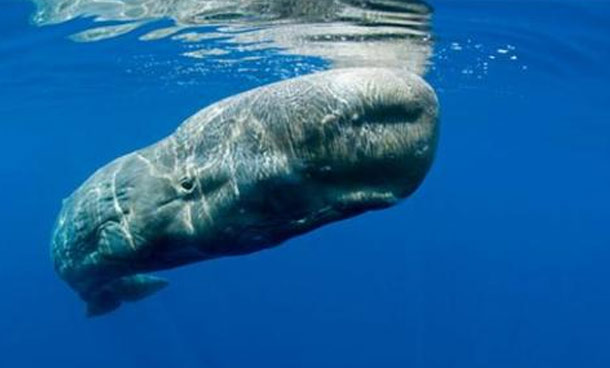
Being one of the smallest species of toothed whales in the sperm whale family, the pygmy sperm whales have a developed a grotesque (but effective) defense mechanism. When threatened, the whale will secrete an anal syrup into the water. The whale then stirs up the water to create a giant cloud of poo in which it can take cover in.
Elephant hawk-moth caterpillar
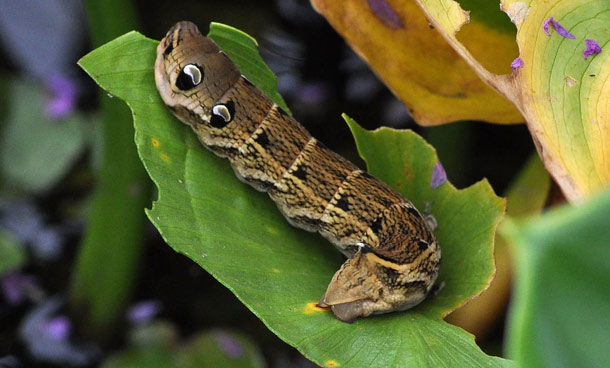
When this caterpillar senses the presence of a predator it changes the way it looks in order to resemble a snake by puffing itself up and using its patches to form false eyes. Few predators want to mess with a snake.
African crested porcupines

Armed with quills long enough to pierce through predators’ internal organs, the African crested porcupine is one animal you’d be wise to avoid. If it sense danger, the porcupine will charge backwards or sideways to stab the quills into the predator. If it’s being chased, it will stop suddenly, causing the predator to run headlong into its quills.
Dormouse
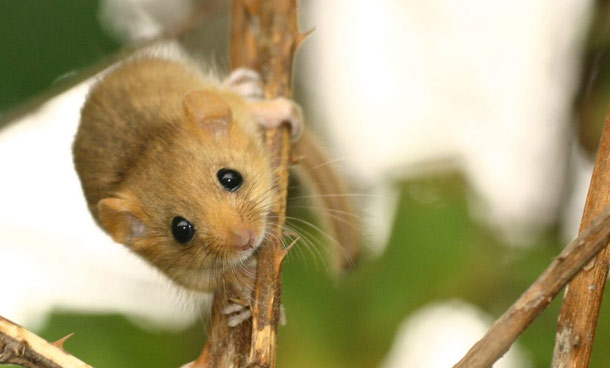
The adorable Dormhouse has a peculiar way of giving predators the slip….literally. The skin in the dormouse’s tail is very loose, and if a predator grabs the critter by the tail, the skin comes off allowing the dormouse to escape. However, the dormouse can only do this once in its lifetime because after the skin is gone, the remaining bone is either gnawed off or left to fall off naturally.
Slow Loris
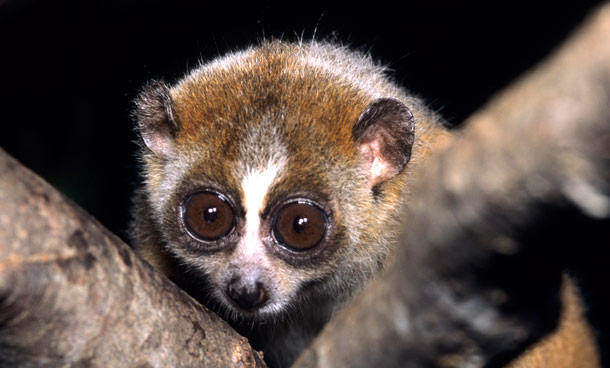
The Slow Loris, as its name suggests, is a painfully slow-moving creature which makes it vulnerable to predators. In order to deal with its lack of speed, the Loris has developed poison glands near its armpits! It coats its body by rubbing its hands on these glands and then it applies the poison on its body and teeth. The resulting bite can put a predator into anaphylactic shock.



























